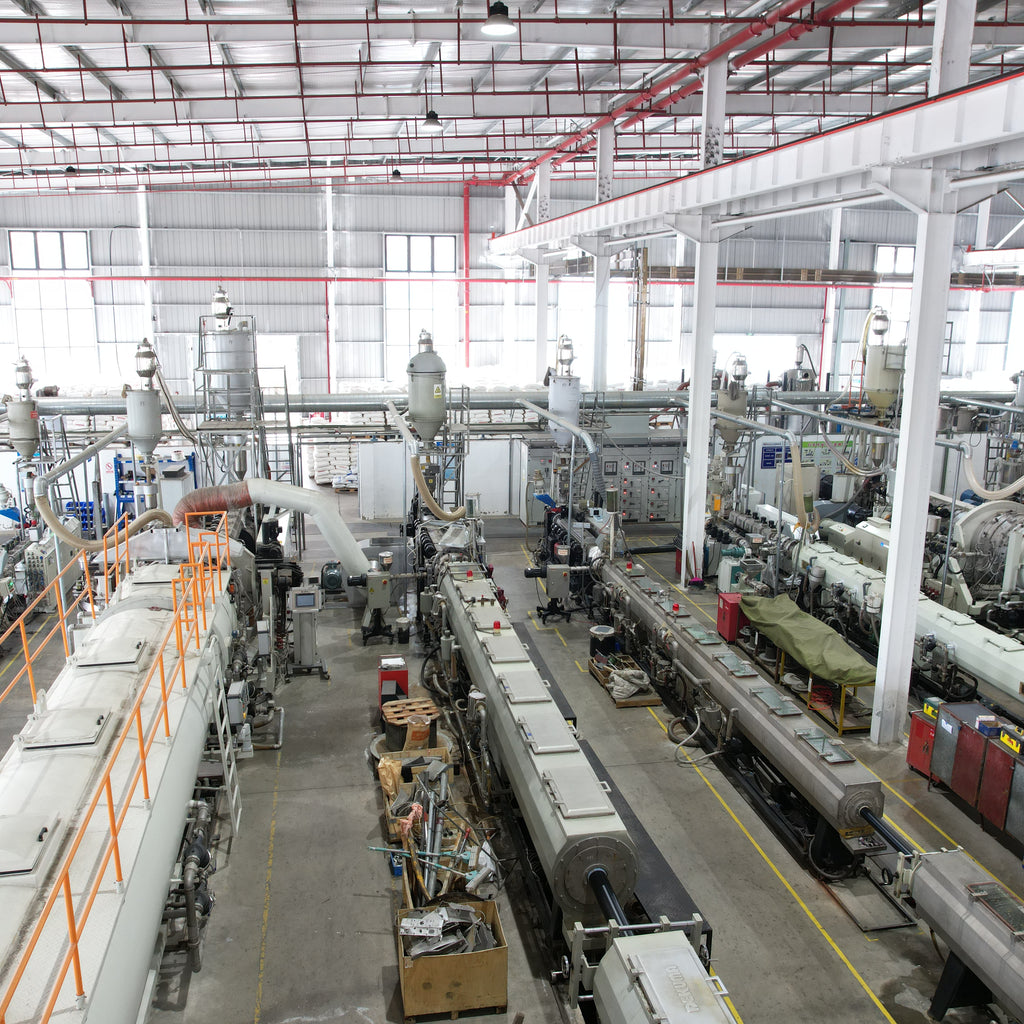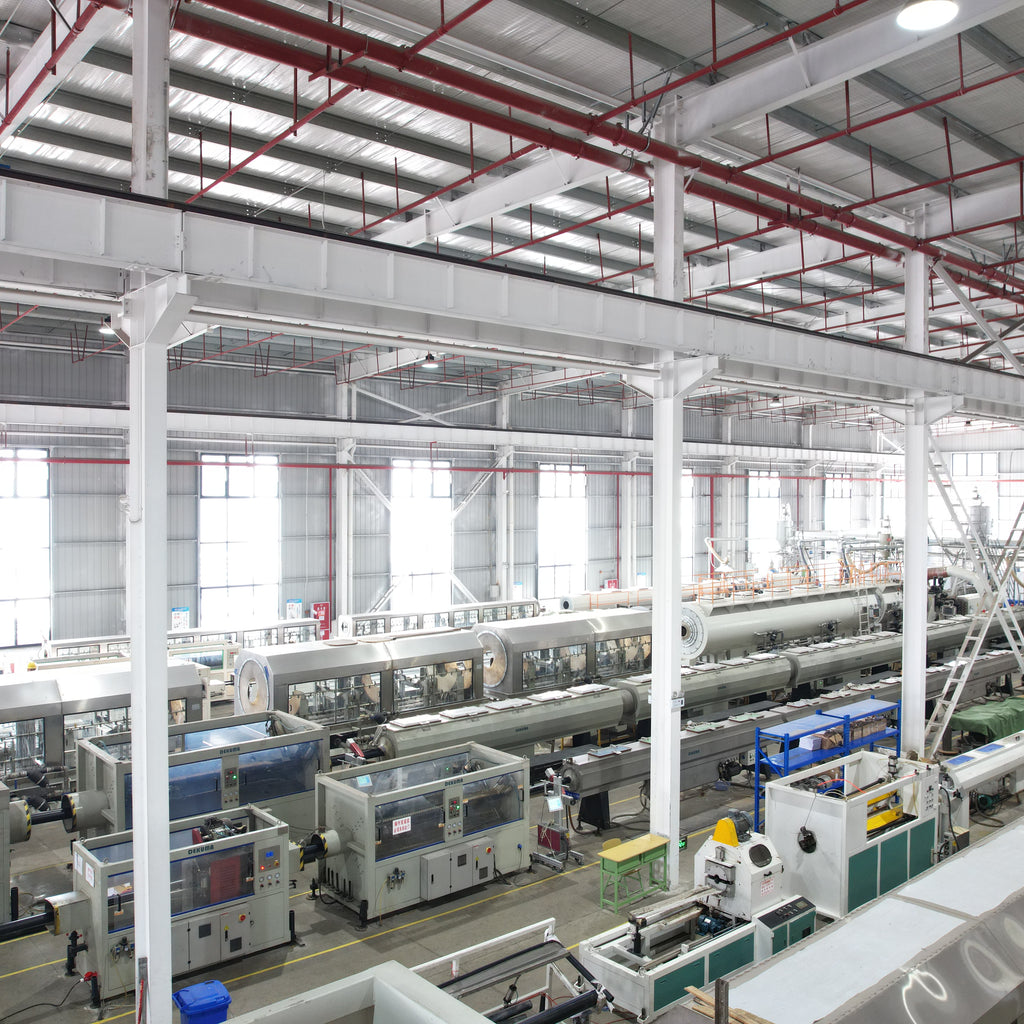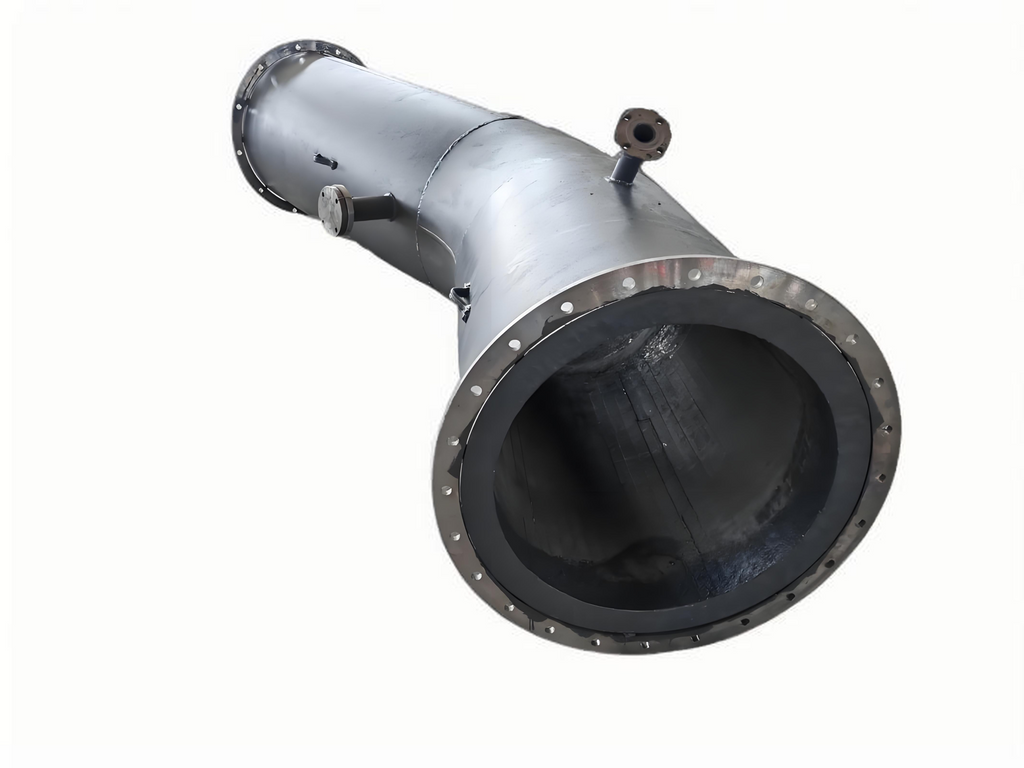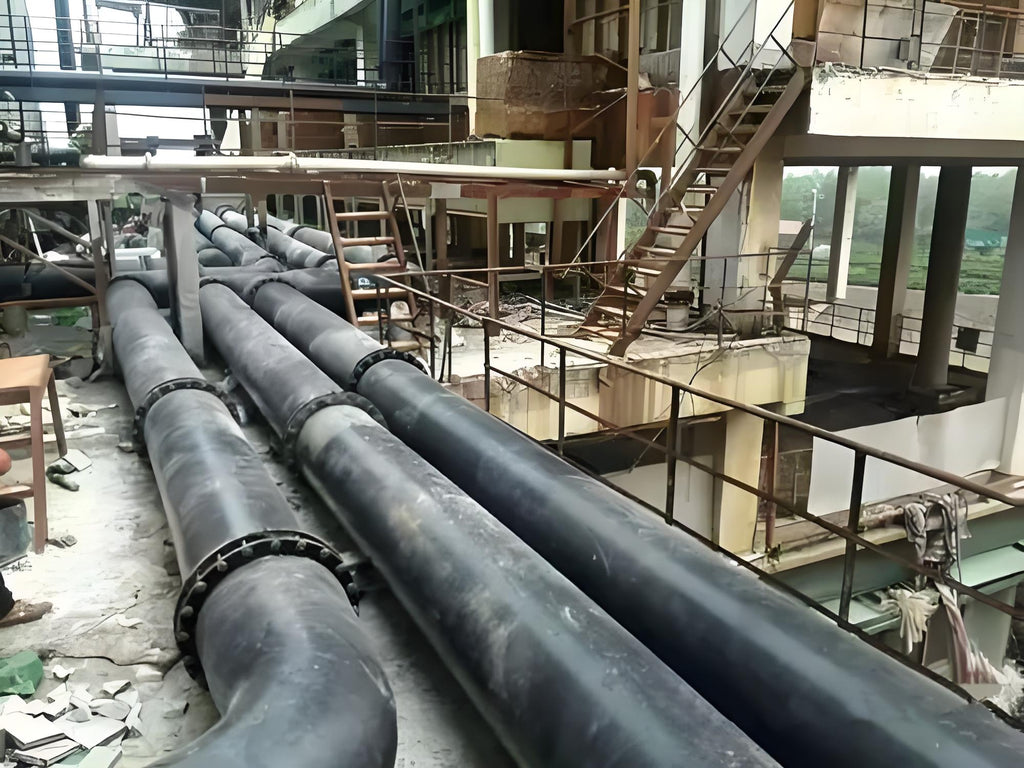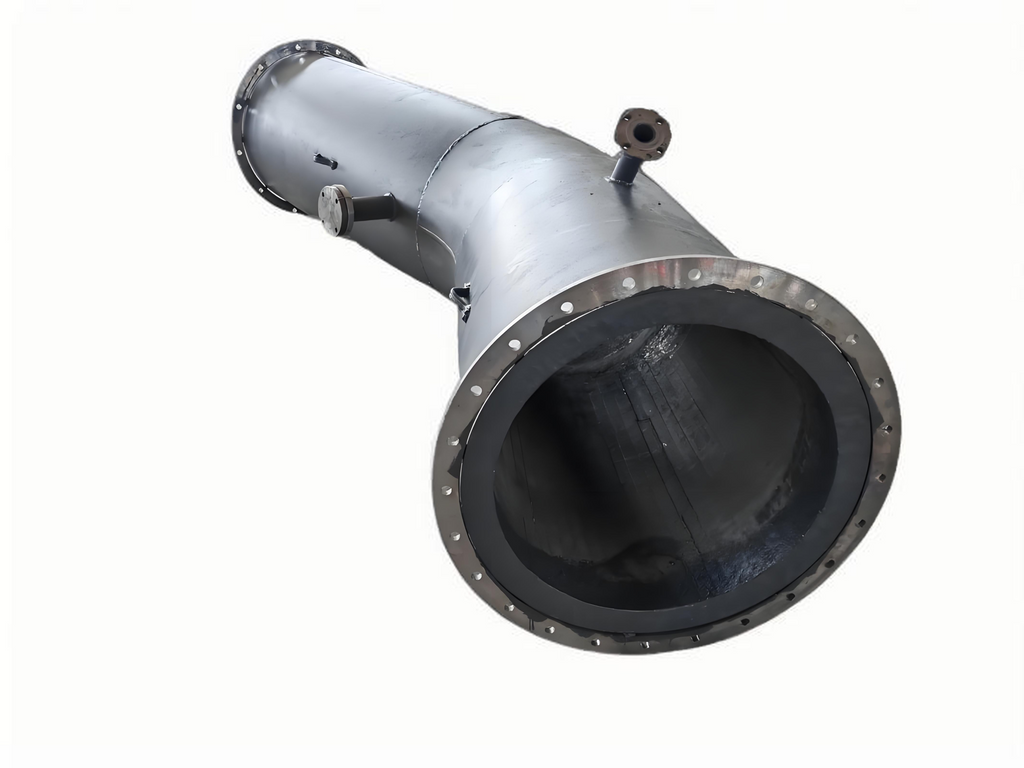-
Ultra - High Molecular Weight Polyethylene (UHMWPE) Rollers: Technical Insights, Advantages, and Applications
Ultra - High Molecular Weight Polyethylene (UHMWPE) Rollers: Technical Insights, Advantages, and Applications 1. Introduction In the ever - evolving landscape of industrial material handling and manufacturing, the choice of components is crucial for achieving optimal performance, durability, and cost - effectiveness. Ultra - High Molecular Weight Polyethylene (UHMWPE) rollers have emerged as a revolutionary solution, offering a wide range of benefits over traditional roller materials. This article aims to provide a comprehensive overview of the technical aspects, key advantages, and diverse applications of UHMWPE rollers, highlighting their significance in modern industrial processes. 2. Material Composition... -
Ultra - High Molecular Weight Polyethylene (UHMWPE) Rollers: Technical Insights, Advantages, and Applications
Ultra - High Molecular Weight Polyethylene (UHMWPE) Rollers: Technical Insights, Advantages, and Applications 1. Introduction In the dynamic landscape of industrial material handling and manufacturing, the choice of components is crucial for achieving optimal performance, durability, and cost - effectiveness. Ultra - High Molecular Weight Polyethylene (UHMWPE) rollers have emerged as a game - changing solution, offering a wide range of benefits over traditional roller materials. This article aims to provide a comprehensive overview of the technical aspects, key advantages, and diverse applications of UHMWPE rollers, highlighting their significance in modern industrial processes. 2. Material Composition... -
Ultra - High Molecular Weight Polyethylene (UHMWPE) Rollers: Technical Insights, Advantages, and Applications
Ultra - High Molecular Weight Polyethylene (UHMWPE) Rollers: Technical Insights, Advantages, and Applications 1. Introduction In the ever - evolving landscape of industrial material handling and manufacturing, the selection of appropriate components is crucial for optimizing operational efficiency, durability, and cost - effectiveness. Ultra - High Molecular Weight Polyethylene (UHMWPE) rollers have emerged as a revolutionary solution, offering a plethora of advantages over traditional roller materials. This article aims to provide an in - depth exploration of the technical aspects, key advantages, and diverse applications of UHMWPE rollers, highlighting their significance in modern industrial processes. 2....


